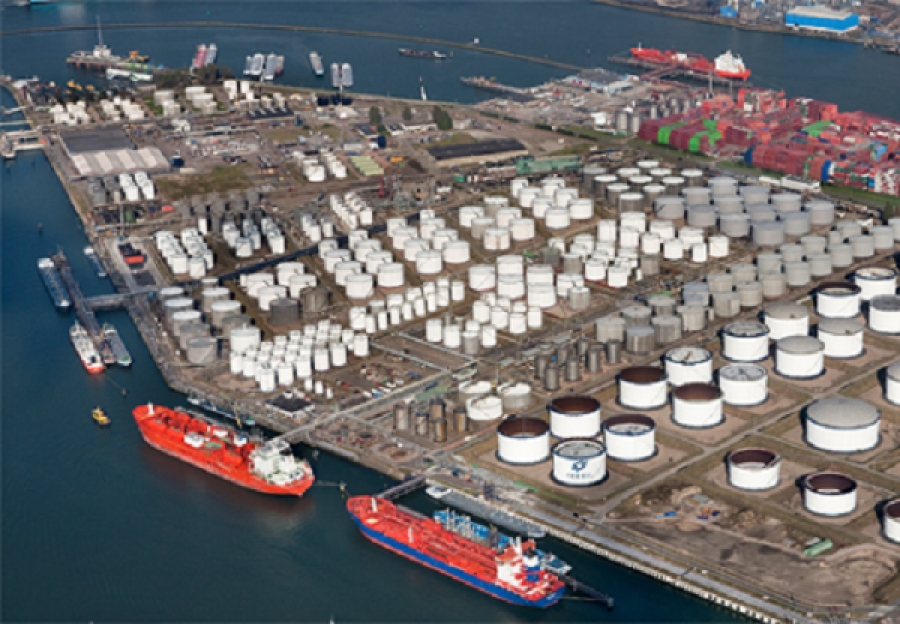
The Port of Rotterdam Authority introduced the first version of its new digital application Pronto, which it claims can help the some 30,000 vessels calling the port every year to cut waiting time by an average of 20%.
The port said in a press release that the application enables more effective utilisation of capacity at its terminals, as well as the precise planning and coordination of a range of vessel services, including bunkering, servicing and maintenance and provisioning. In addition, Pronto directly contributes to the reduction of CO2 emissions in the port, it added.
Pronto combines public data, data supplied by participating companies and predictions generated by artificial intelligence to maximise the accuracy of information presented in relation to a port call.
With this, shipping companies, agents, terminal operators and other service providers now have a joint platform for the exchange of information relating to their port calls. They can either use the Pronto dashboard or input the data directly into their own systems via API interfaces.
“Pronto is a good example of how the Port Authority uses new digital solutions to raise the efficiency of processes in the port,” says Port Authority cfo Paul Smits, whose responsibilities include digitalisation, one of the organisation’s strategic spearheads.
“Pronto is based on international standards and offers shipping companies, agents, service providers and operators a joint platform for the exchange of port call-related information. The application allows all users to optimally plan, execute and monitor activities throughout the entire port call,” he said.
“This yields concrete benefits for all parties involved. The uniform mutual exchange of standardised data allows port calls to be planned more effectively and efficiently and rounded off in a shorter period of time,” Smits added, noting that the Pronto app was extensively tested over the past year during the development phase.
“We will now be making it available to members of the port community – either in exchange for data or for a fee. In the period ahead, we will be further developing the application and adding a number of new features. We expect more and more terminals in the port to start using Pronto, which in turn will increase the accuracy of the data it generates,” said Smits.
To effectively plan the port calls of the some 30,000 sea-going vessels at the Port of Rotterdam each year, shipping companies need detailed information about various factors, including water depths, admission policies and arrival and departure times.
Since September 2017, there has been a global standard for these types of nautical and port information. The compatibility of the standardised nautical information used on board vessels with the data used in the ports and elsewhere in the logistics chain was a key factor in Pronto’s successful development, the port authority said.
Shell was one of the parties that participated in the pilot project in Rotterdam last year. Ed Barsingerhorn, Shell GM Shipping & Maritime, Europe & Africa said: “The pilot convinced us of the added value of Pronto. We have reduced the waiting time up to 20% for departing ships. It is essential that all parties involved in the process, including terminal and agent, work closely together and share relevant data. When we exchange time stamp data not only in Rotterdam but also between ports, the improvement potential increases significantly. Ships can sail optimally laden and arrive just-in-time through better planning.”
Copyright Ships & Ports Ltd. Permission to use quotations from this article is granted subject to appropriate credit given to www.shipsandports.com.ng as the source.